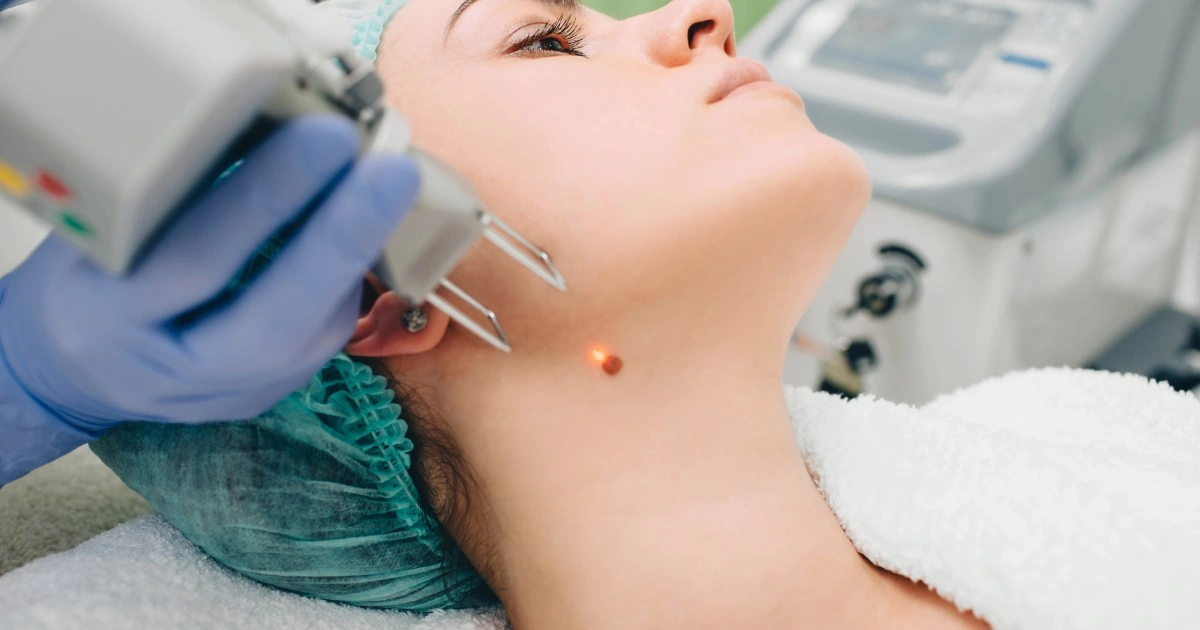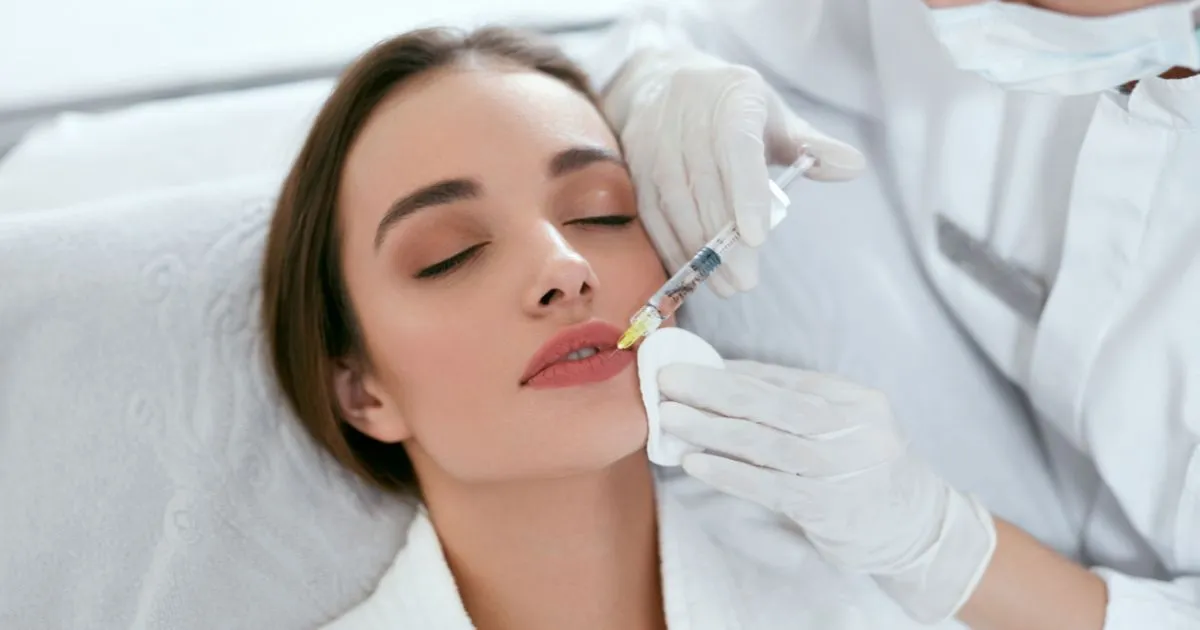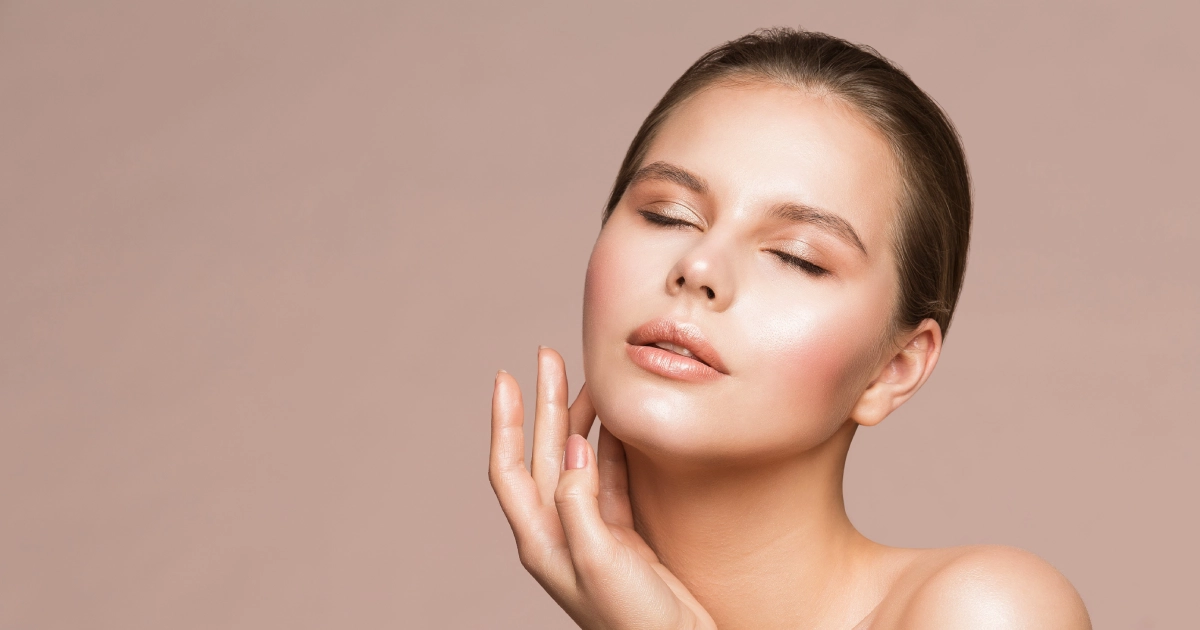Table of Contents
Moles are common skin irregularities that most people have. While many moles are harmless and can be left alone, some may require removal due to cosmetic concerns or potential health risks. If you’re considering mole removal, you likely have questions about the process, potential pain, scarring, and its role in skin cancer detection. This comprehensive guide will address these concerns and provide insights into what you can expect from mole removal procedures. Understanding the reasons behind removal, the types of available techniques, and post-removal care can help you feel more informed and confident in your decision.
Understanding Moles and When to Consider Removal
Before diving into the mole removal process, it’s essential to understand what moles are and when removal might be necessary.
What Are Moles?
Moles, also known as nevi, are skin growths that occur when pigment cells (melanocytes) grow in clusters or clumps. They can appear anywhere on the body and vary in color, size, and shape. Some moles may darken or slightly change over time, particularly due to hormonal shifts or sun exposure, which is typically normal but should be monitored.
When Should You Consider Mole Removal?
While most moles are harmless, there are several reasons why you might consider removal:
- Changes in appearance (size, color, or shape)
- Irregular borders or asymmetry
- Bleeding or itching
- Cosmetic concerns
- Location that causes irritation (e.g., where clothing rubs)
Dr. Renee Glover, MD and Dr. Joyce Smith, DNP at Outer Banks Dermatology recommend having any suspicious moles examined by a dermatologist, especially if they exhibit the “ABCDE” warning signs of melanoma:
- Asymmetry
- Border irregularity
- Color changes
- Diameter larger than 6mm
- Evolving size, shape, or color
The Mole Removal Process
Understanding the mole removal process can help alleviate anxiety and prepare you for the procedure. Knowing what to expect during consultation, treatment, and recovery ensures a smoother experience and promotes better outcomes.
Types of Mole Removal Procedures
There are several methods for mole removal, including:
- Shave excision
- Punch excision
- Surgical excision
- Laser removal (for some non-cancerous moles)
The method chosen depends on factors such as the mole’s size, location, and whether there’s a suspicion of skin cancer. In some cases, a biopsy may be performed before or during removal to ensure accurate diagnosis and appropriate treatment.
What Happens During the Procedure?
Typically, mole removal follows these steps:
- The area is cleaned and marked.
- Local anesthesia is administered to numb the area.
- The mole is removed using one of the methods mentioned above.
- The wound is closed (if necessary) and dressed.
- The removed mole is sent for pathological examination if there’s any suspicion of cancer.
Pain Management and Recovery
One common concern patients have is, “Is mole removal painful?” Most patients report minimal discomfort during the procedure, as a local anesthetic is typically used to numb the area effectively. Let’s now address this in more detail and explore the recovery process.
Is Mole Removal Painful?
The good news is that mole removal is generally not a painful procedure. Here’s what you can expect:
- During the procedure: The area is numbed with local anesthesia, so you shouldn’t feel pain. You might experience some pressure or mild discomfort.
- After the procedure: Once the anesthesia wears off, you may feel some soreness or mild pain at the removal site. This can usually be managed with over-the-counter pain relievers.
Recovery and Aftercare
Recovery from mole removal is typically quick and straightforward. Here are some aftercare tips:
- Keep the area clean and dry for the first 24-48 hours.
- Follow your dermatologist’s instructions for wound care.
- Avoid strenuous activities that might stretch or irritate the wound for a few days.
- Protect the area from sun exposure during healing.
- Watch for signs of infection (increased redness, swelling, or discharge).
Most patients can return to normal activities immediately or within a day or two, depending on the location and extent of the removal.
Addressing Concerns About Scarring
A common question patients ask is, “Can mole removal cause scarring?” Let’s address this concern.
Potential for Scarring
While any procedure that breaks the skin can potentially leave a scar, modern mole removal techniques aim to minimize scarring. The likelihood and extent of scarring depend on several factors:
- Size and depth of the mole
- Location on the body
- Removal method used
- Your skin’s natural healing tendencies
- Aftercare and sun protection during healing
Minimizing Scar Formation
To reduce the chance of noticeable scarring:
- Follow all aftercare instructions carefully.
- Keep the wound moist and protected as it heals.
- Use sunscreen on the area once it’s healed to prevent discoloration.
- Consider using scar-minimizing products as recommended by your dermatologist.
Remember, a small scar is often considered an acceptable trade-off for removing a potentially dangerous mole.
Benefits of Mole Removal
There are several benefits of mole removal, both medical and cosmetic:
- Skin Cancer Detection: Removal and biopsy of suspicious moles is crucial for early detection and treatment of skin cancer.
- Improved Appearance: Removing moles that you find unattractive can boost self-confidence.
- Comfort: Eliminating moles in areas where they cause irritation can improve physical comfort.
- Peace of Mind: Even if a mole isn’t cancerous, removing it can alleviate worry about potential future changes.
The Role of Mole Removal in Skin Cancer Detection
One of the most important aspects of mole removal is its role in skin cancer detection.
Early Detection is Key
Removing and examining suspicious moles allows for early detection of skin cancer, including melanoma, the most dangerous form. Early detection significantly improves treatment outcomes.
The Biopsy Process
After removal, moles are typically sent for pathological examination:
- The tissue is examined under a microscope.
- Cellular structures and any abnormalities are identified.
- A report is generated, indicating whether the mole is benign, precancerous, or cancerous.
Follow-Up and Monitoring
Even after mole removal, it’s important to continue monitoring your skin:
- Perform regular self-examinations.
- Schedule annual skin checks with a dermatologist.
- Protect your skin from sun damage to reduce the risk of future skin cancers.
Choosing a Dermatologist for Mole Removal
Selecting the right dermatologist is crucial for a successful mole removal experience. At Outer Banks Dermatology, Dr. Renee Glover, MD and Dr. Joyce Smith, DNP offer expert mole screening and removal services. Here’s why choosing a qualified dermatologist is important:
- Expertise in identifying suspicious moles
- Skill in performing removal procedures with minimal scarring
- Ability to interpret pathology results and recommend appropriate follow-up
- Access to the latest technologies and techniques in dermatological care
Conclusion: Taking Control of Your Skin Health
Mole removal is a common and generally straightforward procedure that plays a crucial role in maintaining skin health and detecting potential skin cancers. While it’s natural to have concerns about pain, scarring, and the procedure itself, understanding what to expect can help alleviate anxiety and prepare you for a positive experience.
Remember, most moles are harmless, but it’s essential to have any changing or suspicious moles evaluated by a dermatologist. Early detection and treatment of skin cancer can be life-saving.
At Outer Banks Dermatology, we’re committed to providing comprehensive, compassionate care for all your dermatological needs. Our experienced team, led by Dr. Renee Glover, MD and Dr. Joyce Smith, DNP, offers expert mole screening and removal services in a comfortable, state-of-the-art setting.
Don’t wait to address your skin concerns. Schedule your Skin Cancer Detection check now! Take the first step towards healthier skin and peace of mind. Whether you’re in Nags Head, North Carolina, or the surrounding areas, we’re here to provide the expert care you deserve. Book your appointment online or call us today to discuss your mole removal needs and any other skin health concerns you may have.







